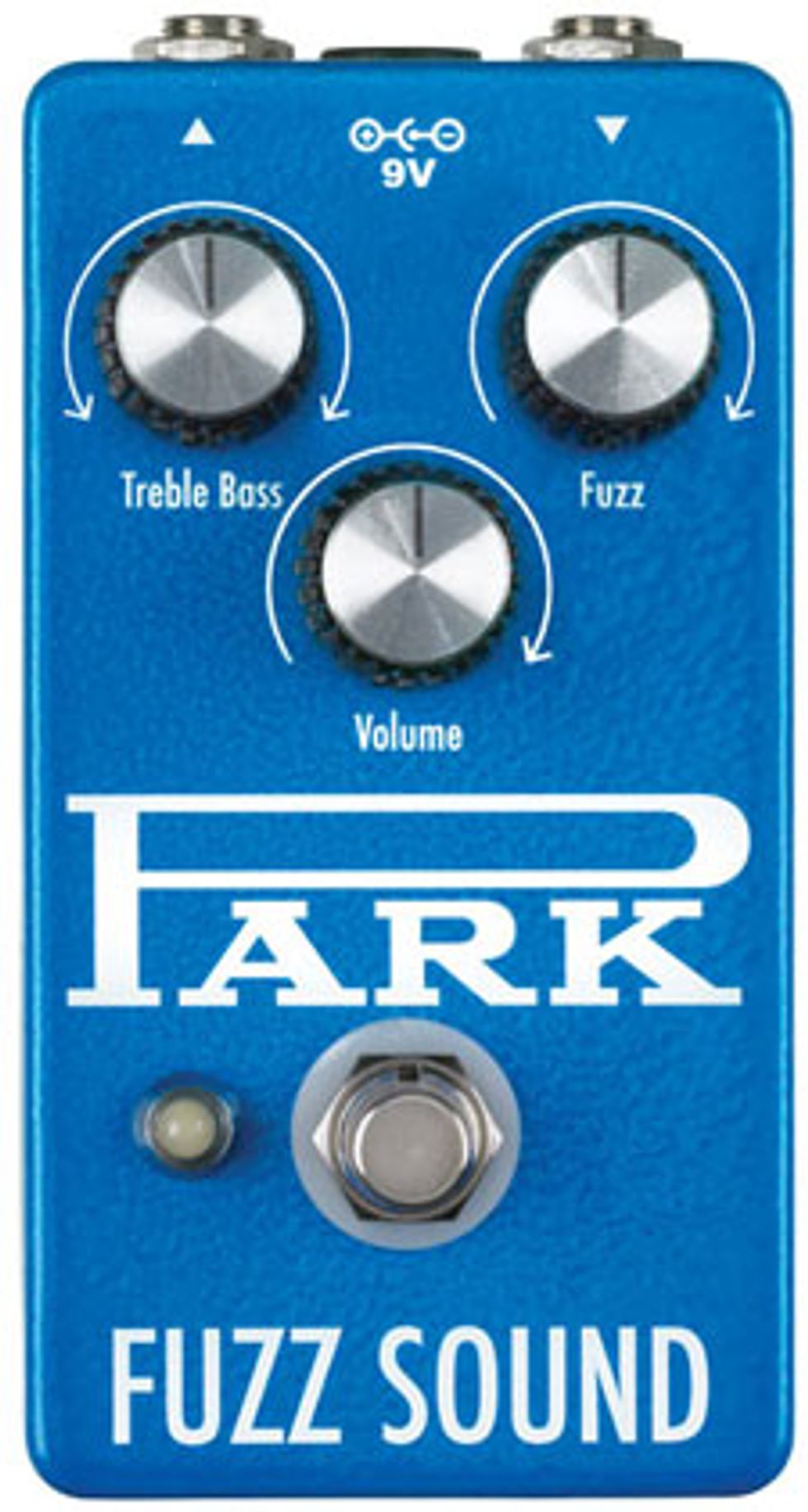
The original Park Fuzz—a Tone Bender Mk III in all but name—is one of the most versatile Benders models, though it’s cloned less frequently than the more famous Mk II. But EarthQuaker and Mitch Colby (who resurrected the Park amplifier brand) have revived the Park Fuzz Sound in an authentic-sounding, well built, and highly adaptable pedal.
Like the original (and other Tone Bender Mk III versions), the new Park Fuzz is less gainy and hectic than the Mk II, but at its highest gain levels, the new version has a bit more sizzle than an original. The AC125 germanium transistors enable good fuzzy-to-clean dynamic control via guitar volume attenuation, though the attenuation is most effective when the fuzz is near maximum. (Lower fuzz levels tend to yield muddier, spittier “clean” tones.)
Like many germanium fuzzes, the Park is most colorful when the fuzz and volume are wide-open. At these settings the rangy tone control makes the pedal capable of fatter, doomier voices than a Mk II without sacrificing that ’60s buzz. For players that love the Mk II’s heat but find it one-dimensional, the EarthQuaker Park Fuzz is a cool and often surprising alternative.
Test Gear: Fender Jaguar, Fender Telecaster Custom, silverface Fender Bassman, blackface Fender Tremolux
Ratings
Pros:
Great ’60s-style germanium fuzz tones with a little extra gain and range. Effective tone control. Colorful overtones.
Cons:
Fuzzy-to-clean volume control dynamics limited at all but the highest gain levels.
Street:
$148.75
Company
earthquakerdevices.com

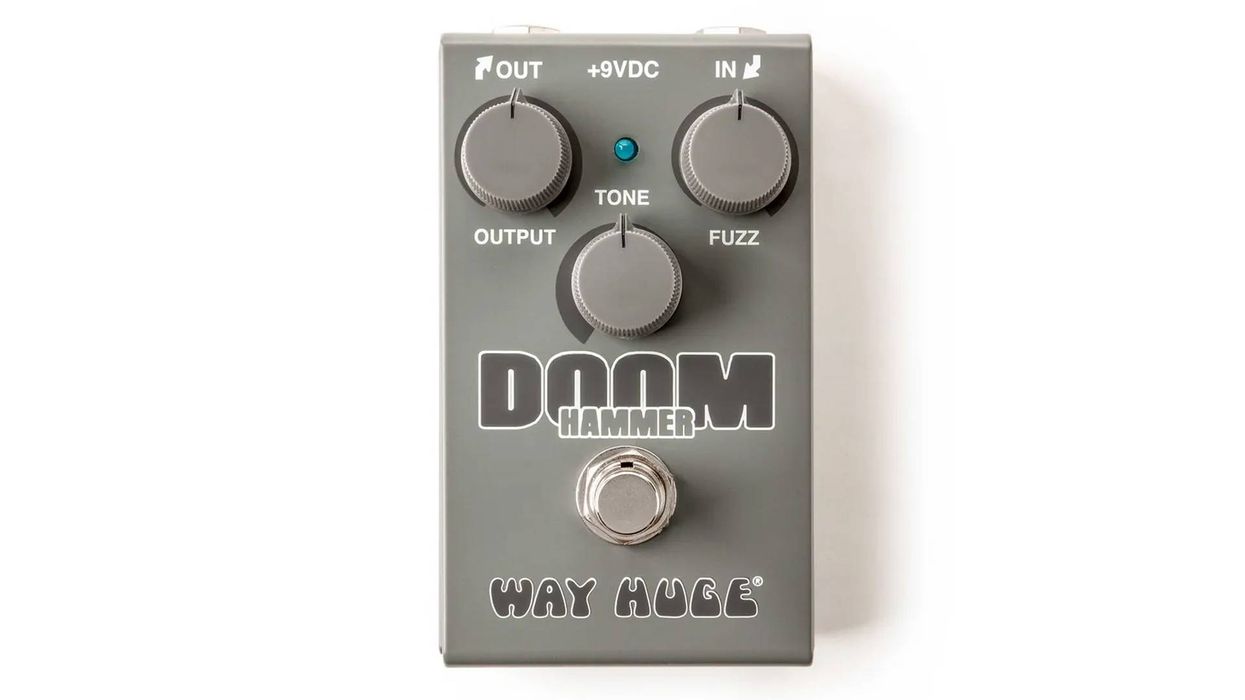
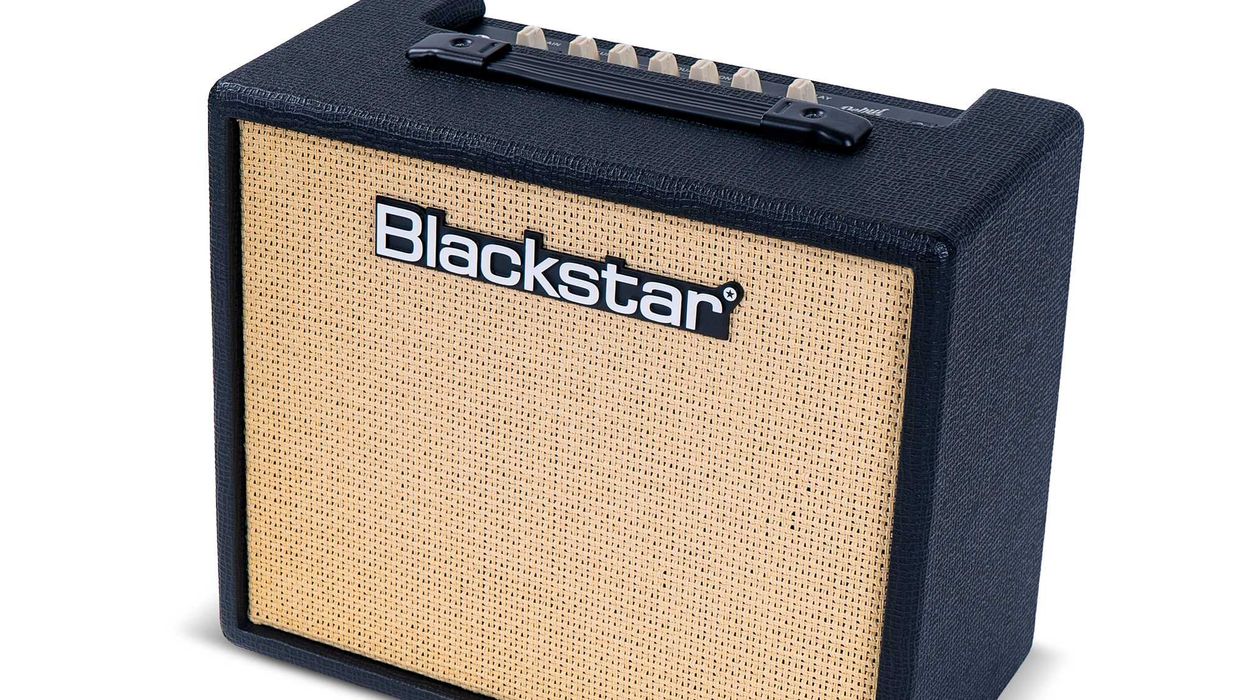
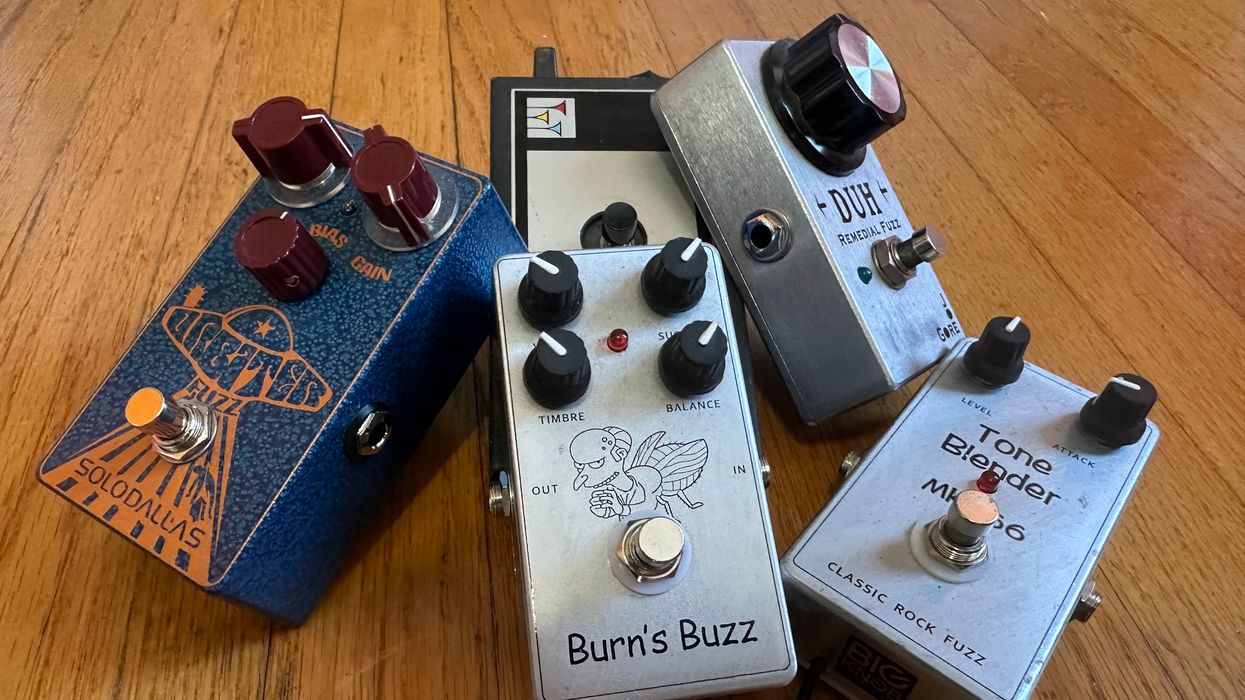

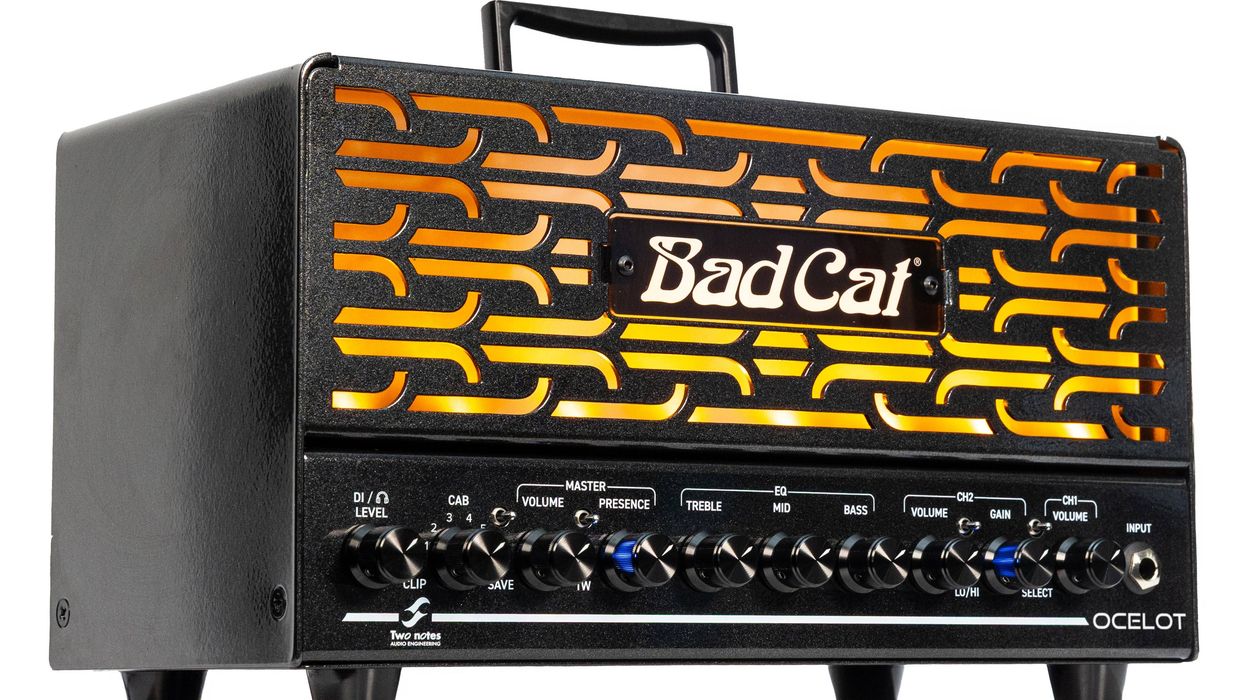


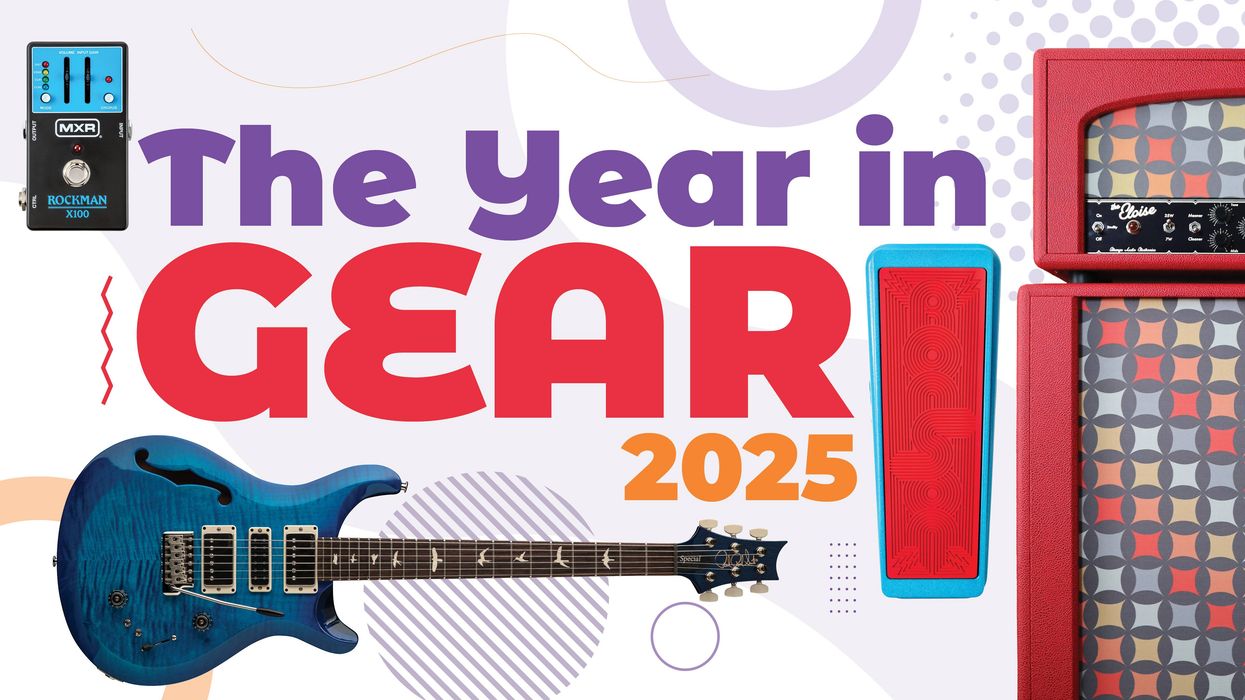
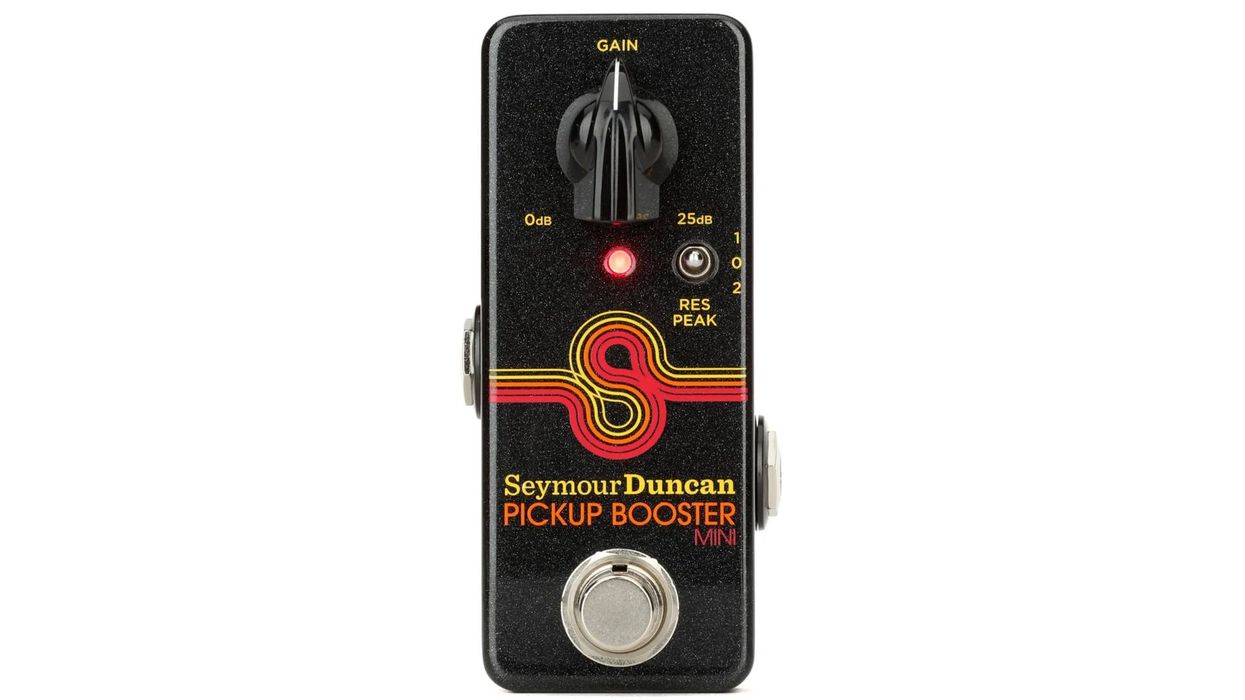
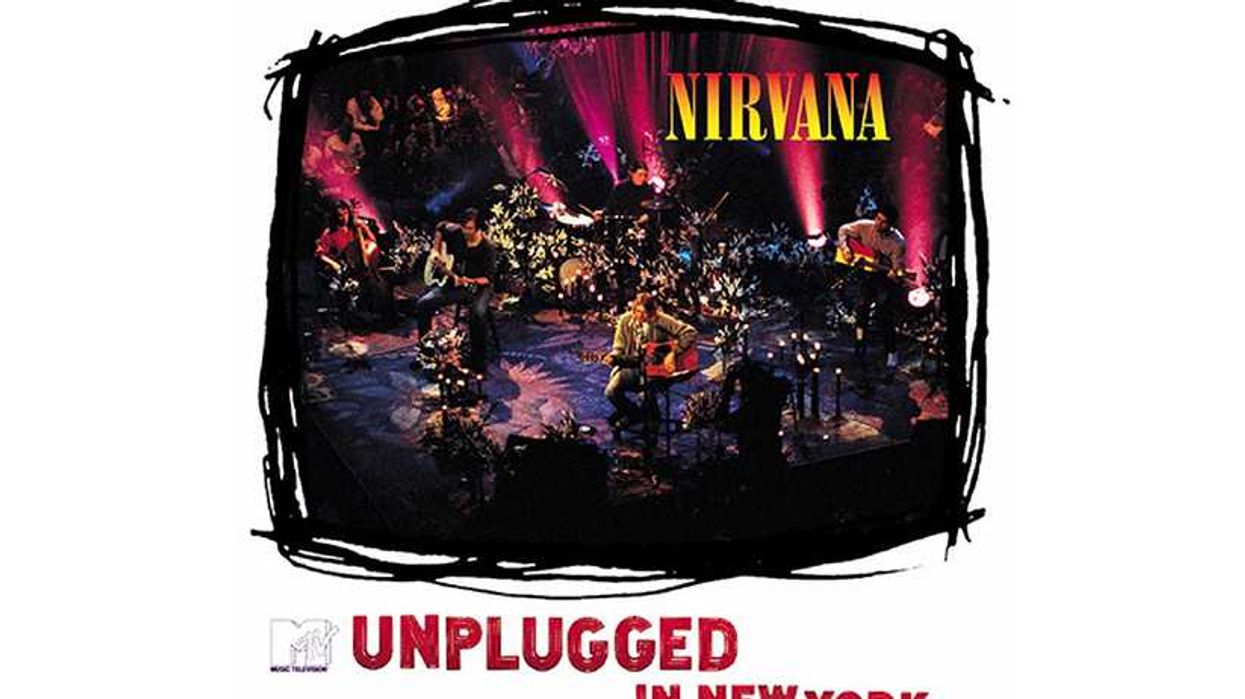
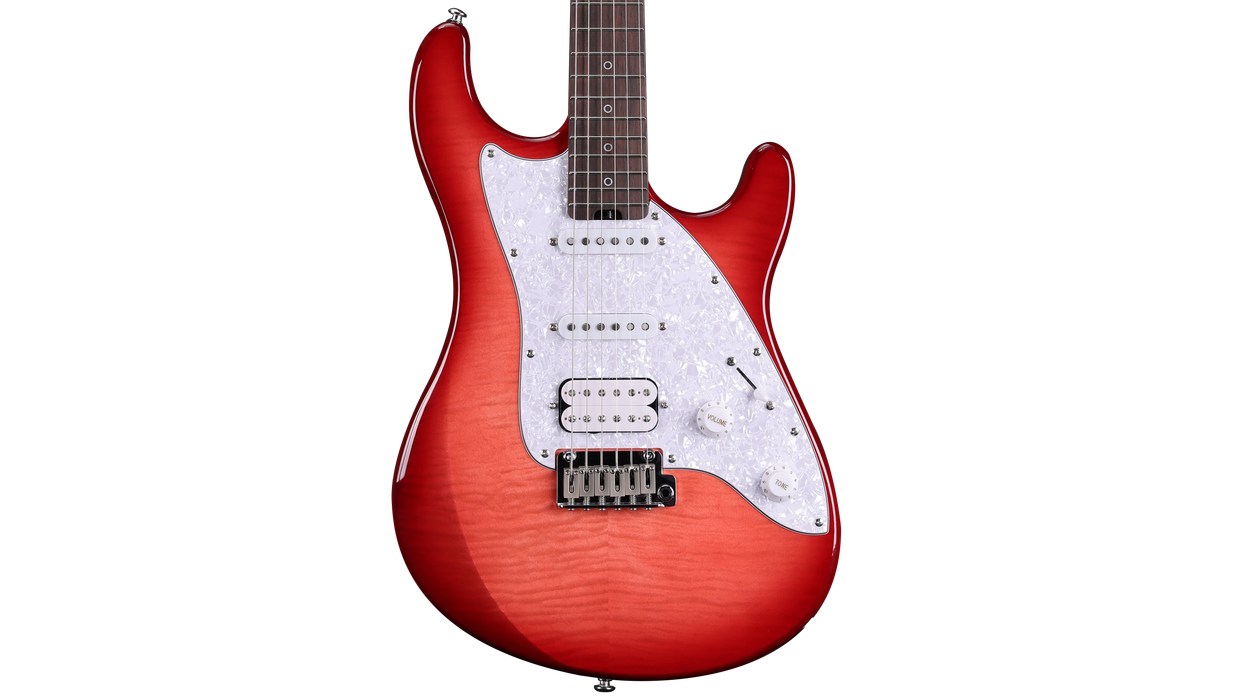
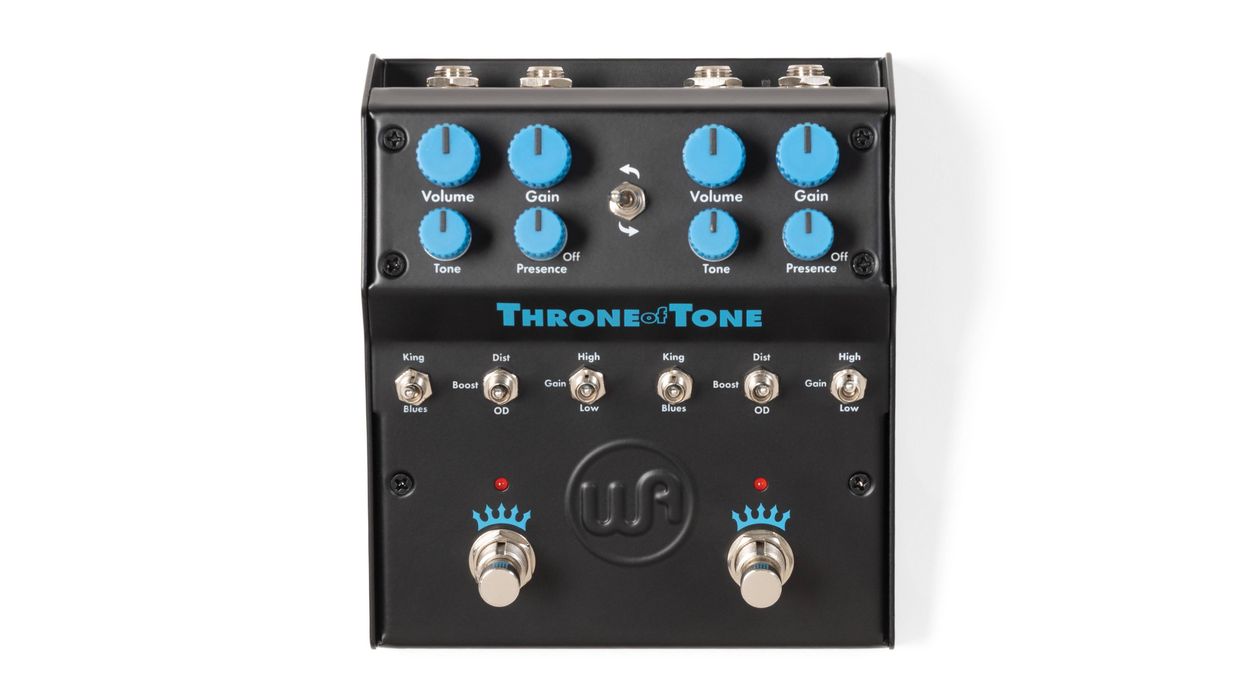
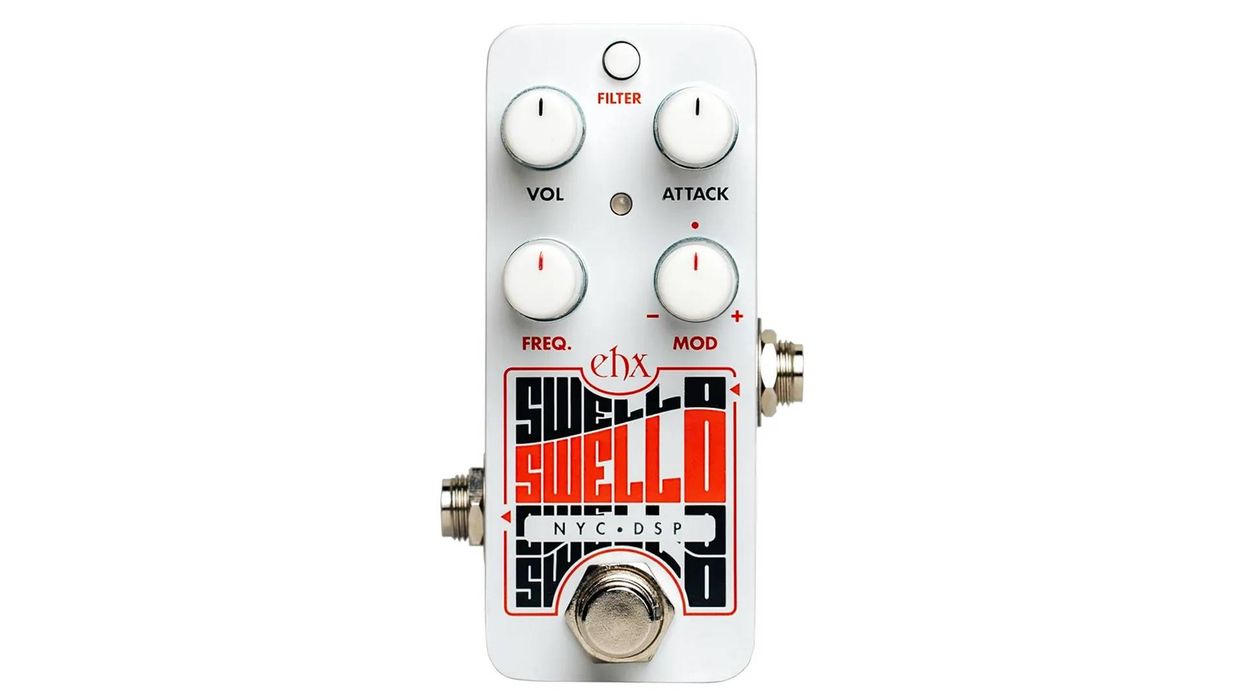
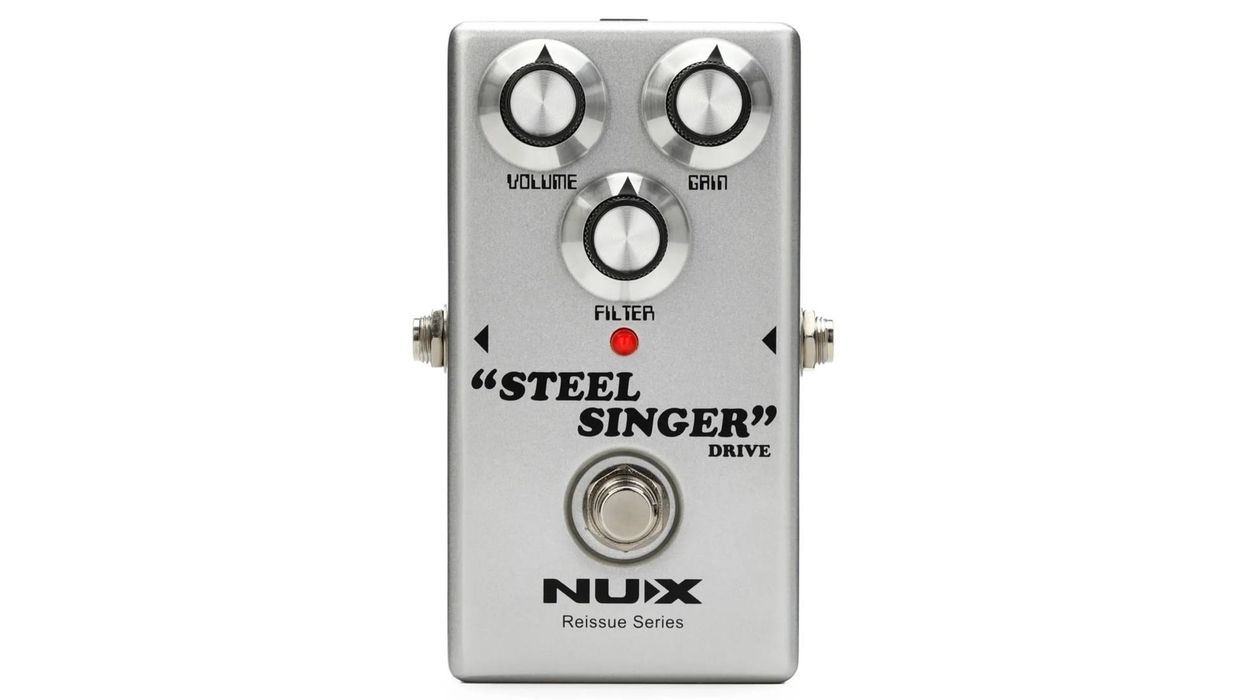
![Rig Rundown: AFI [2025]](https://www.premierguitar.com/media-library/youtube.jpg?id=62064741&width=1245&height=700&quality=70&coordinates=0%2C0%2C0%2C0)
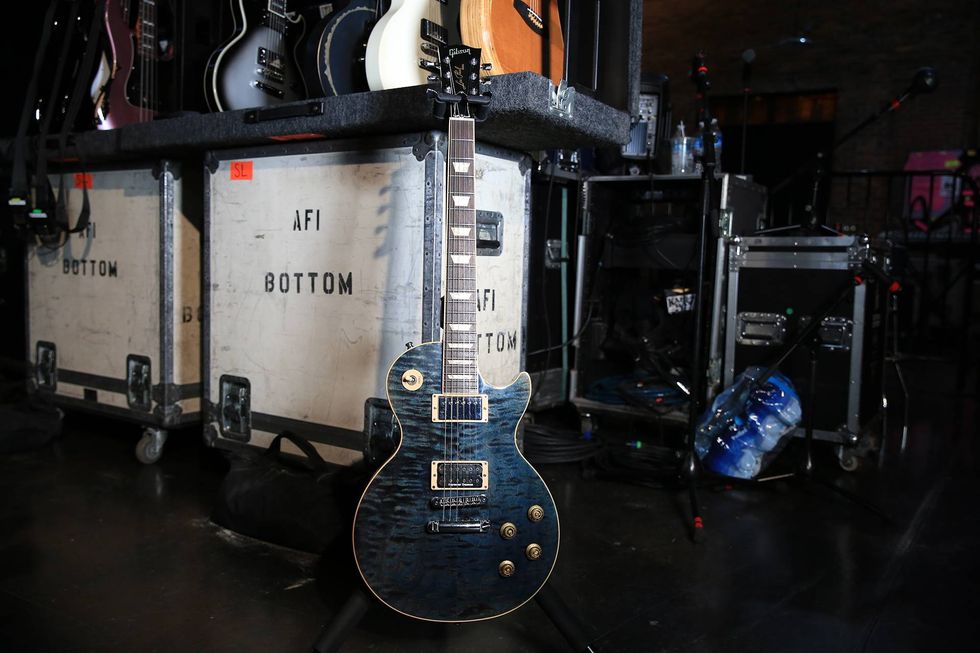
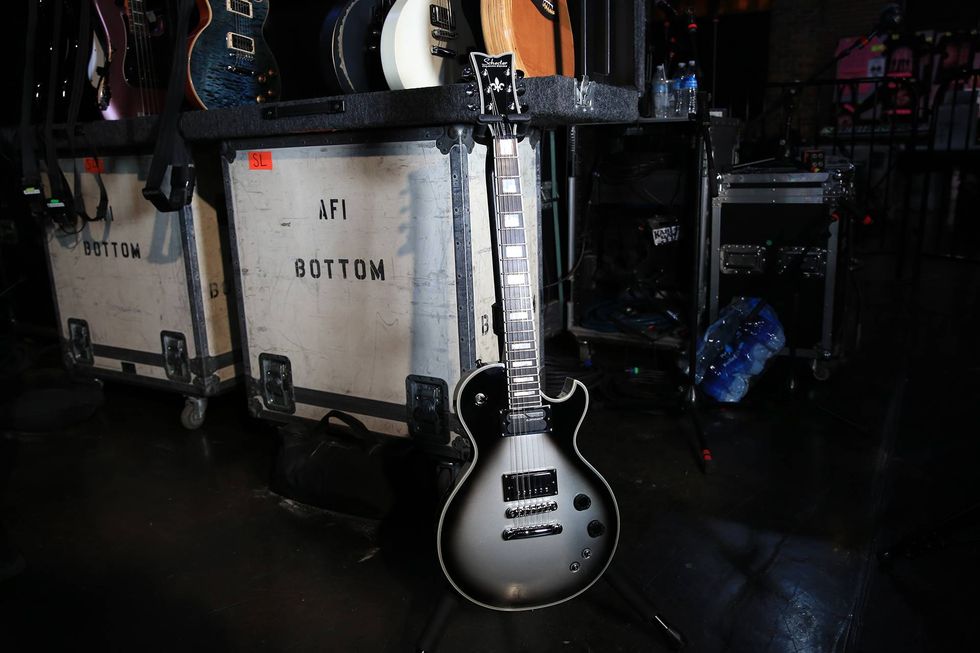
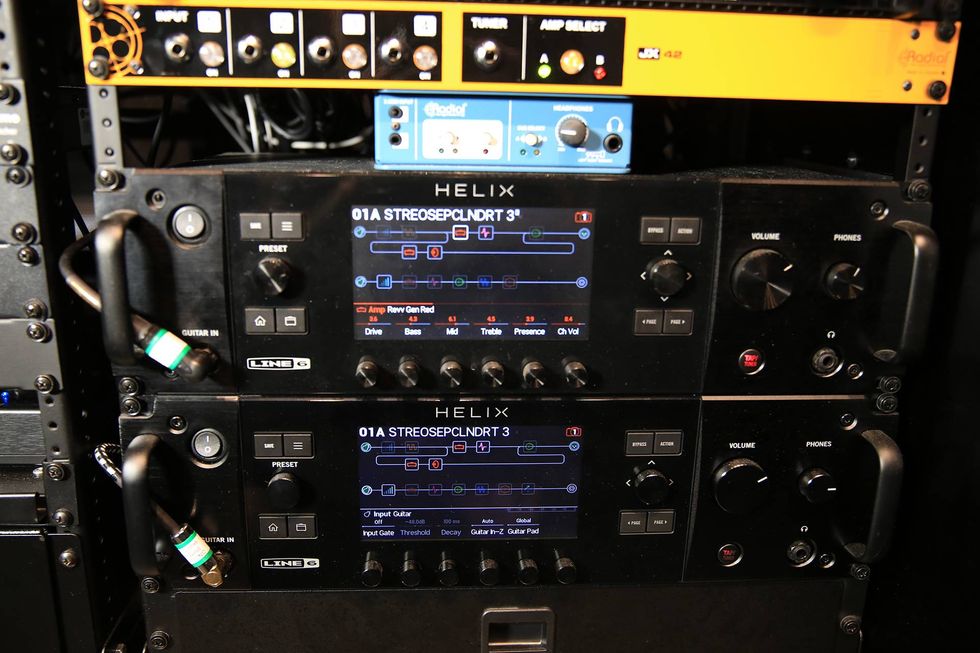
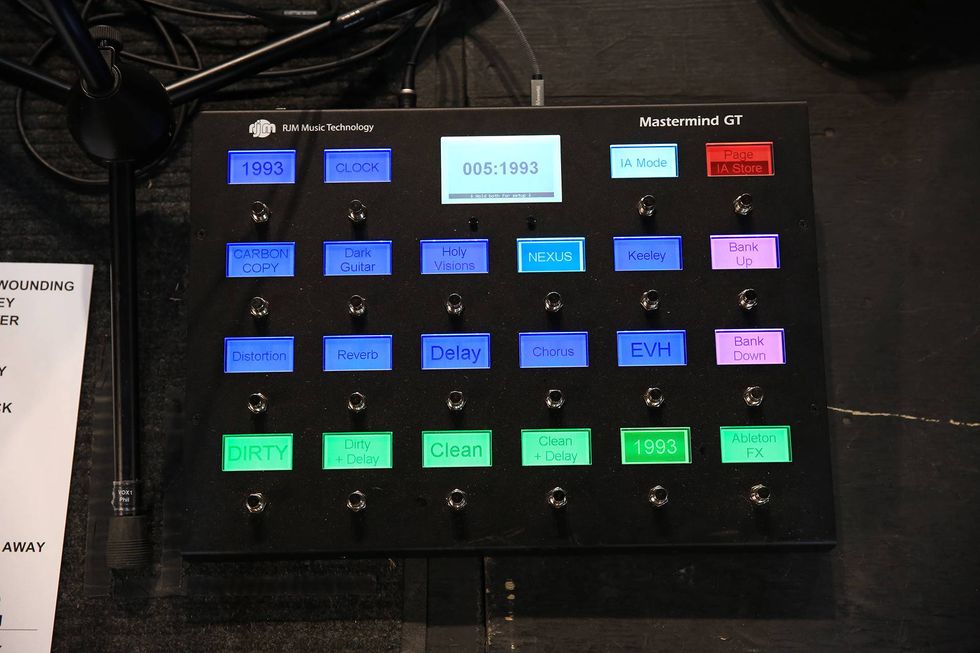
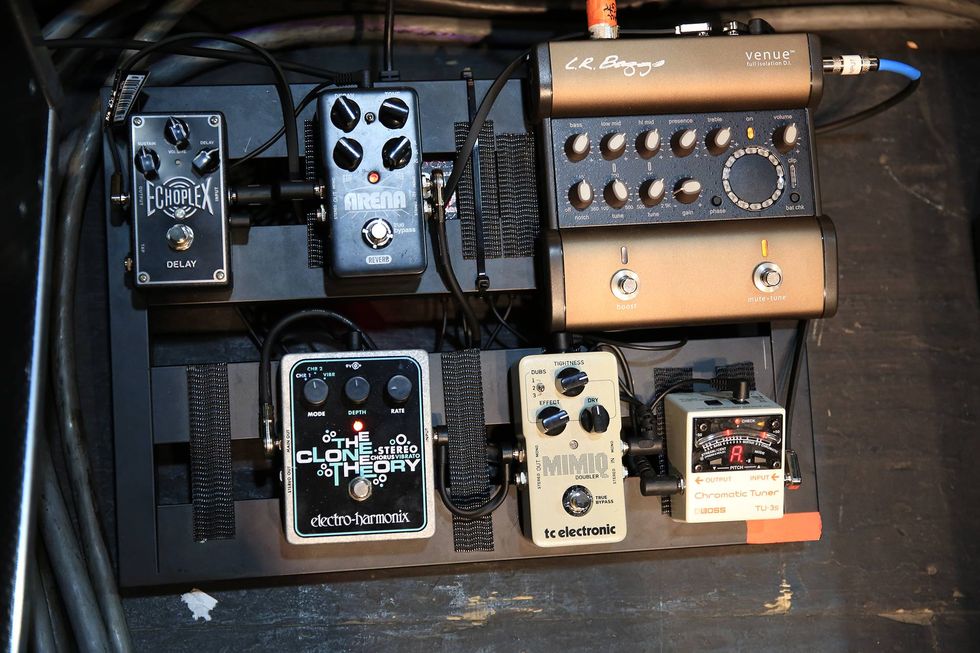
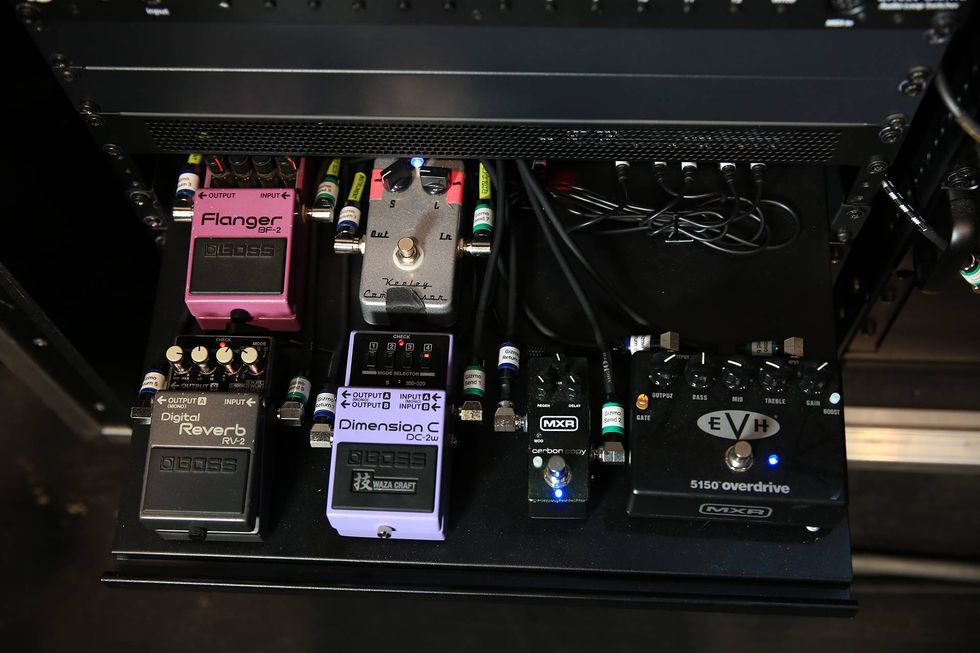
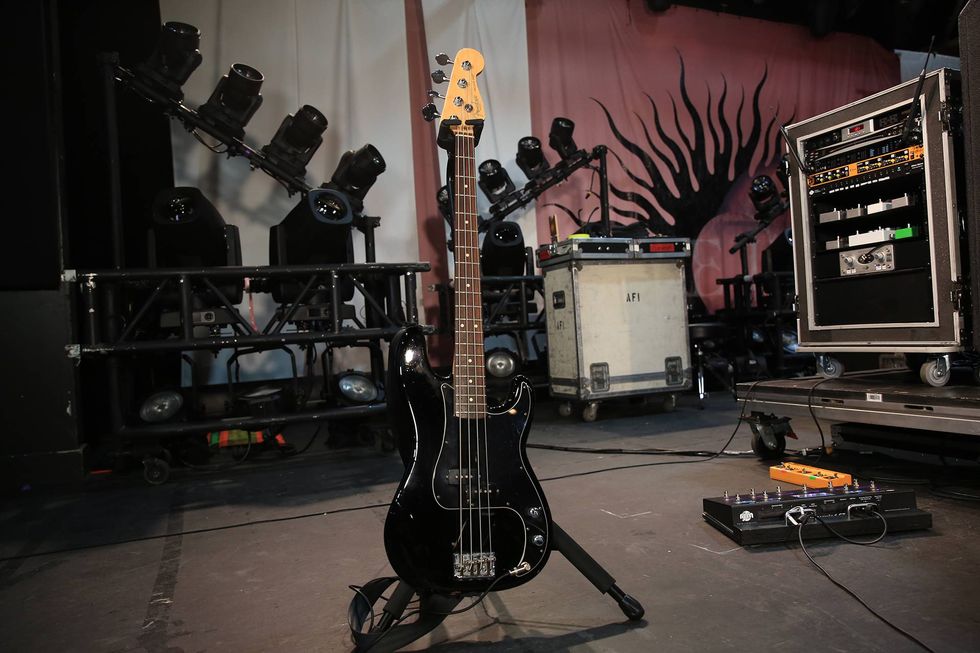
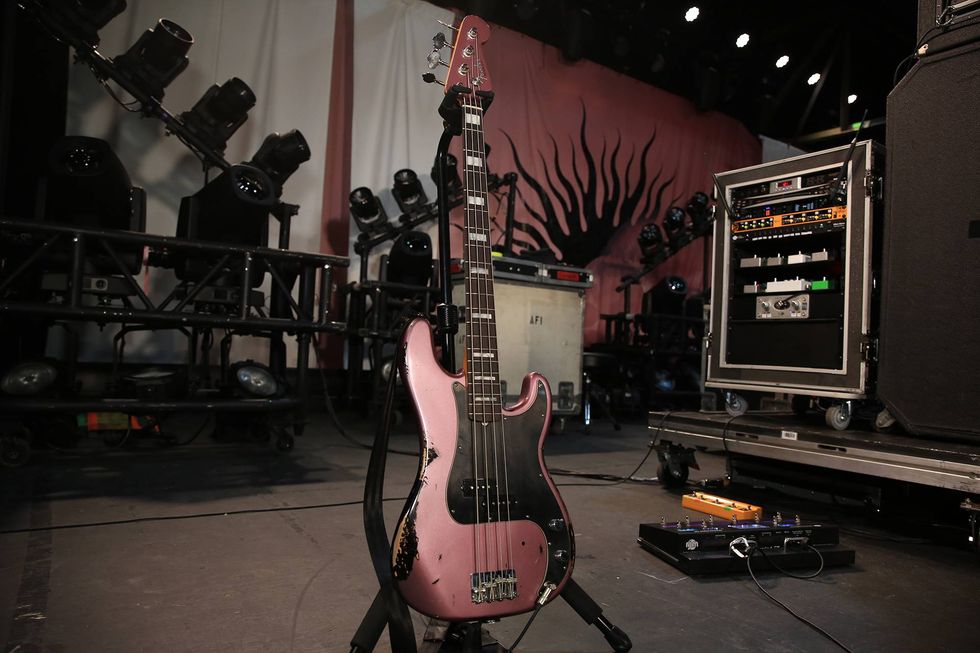
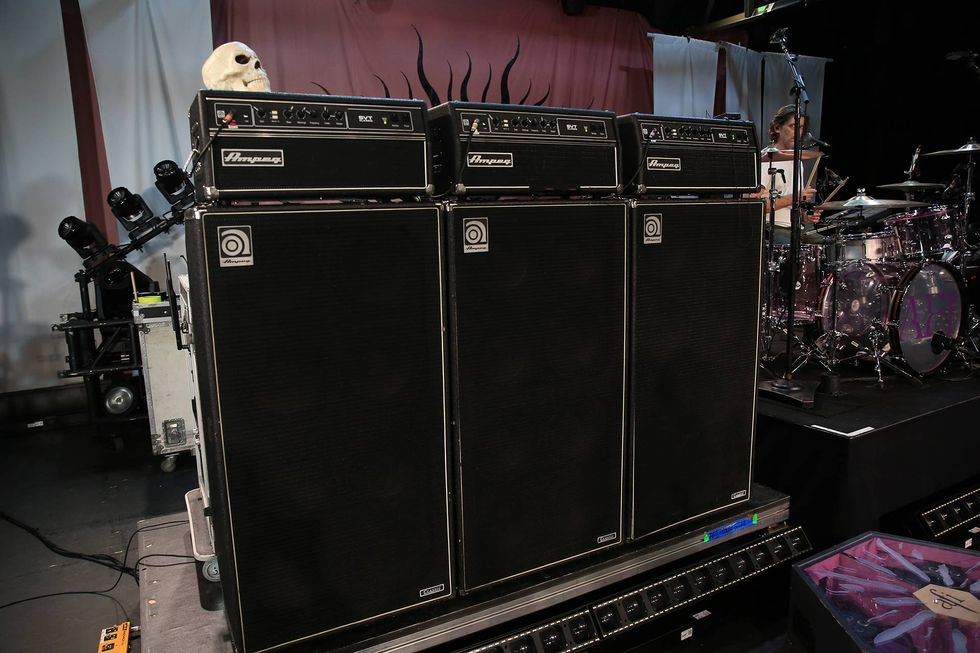
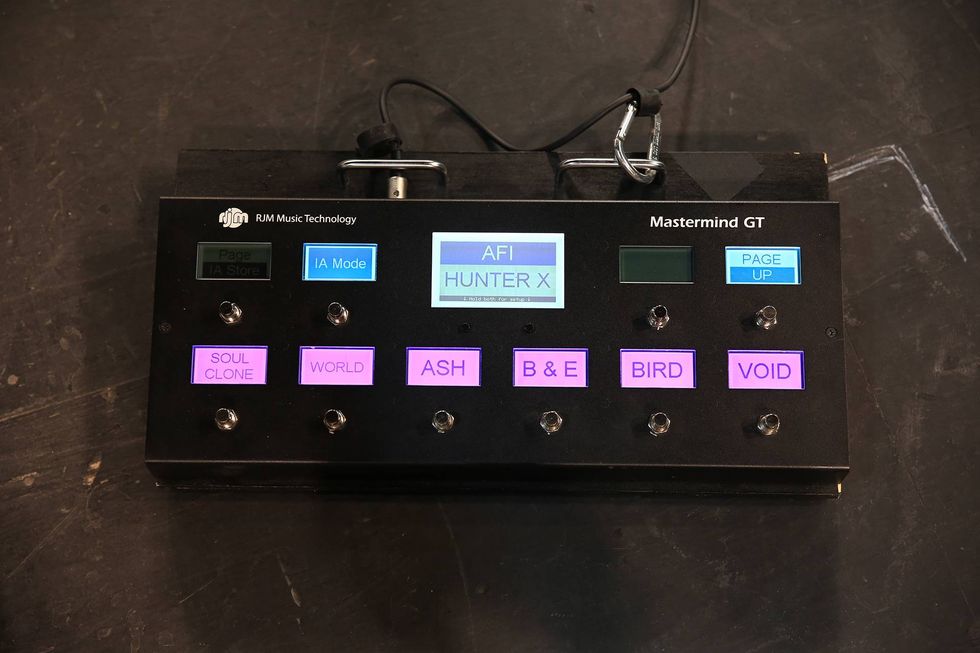
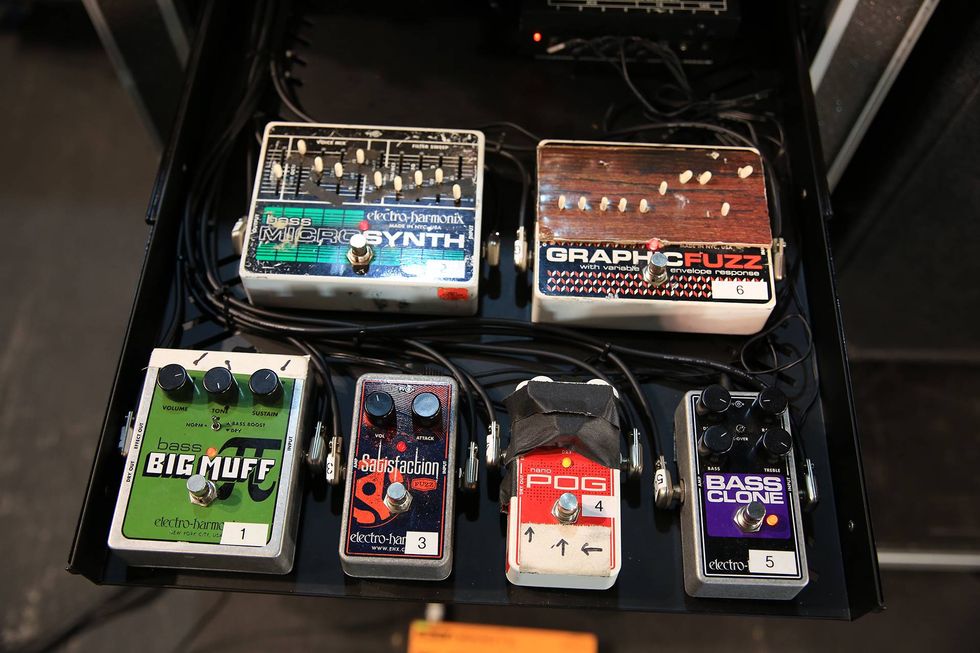
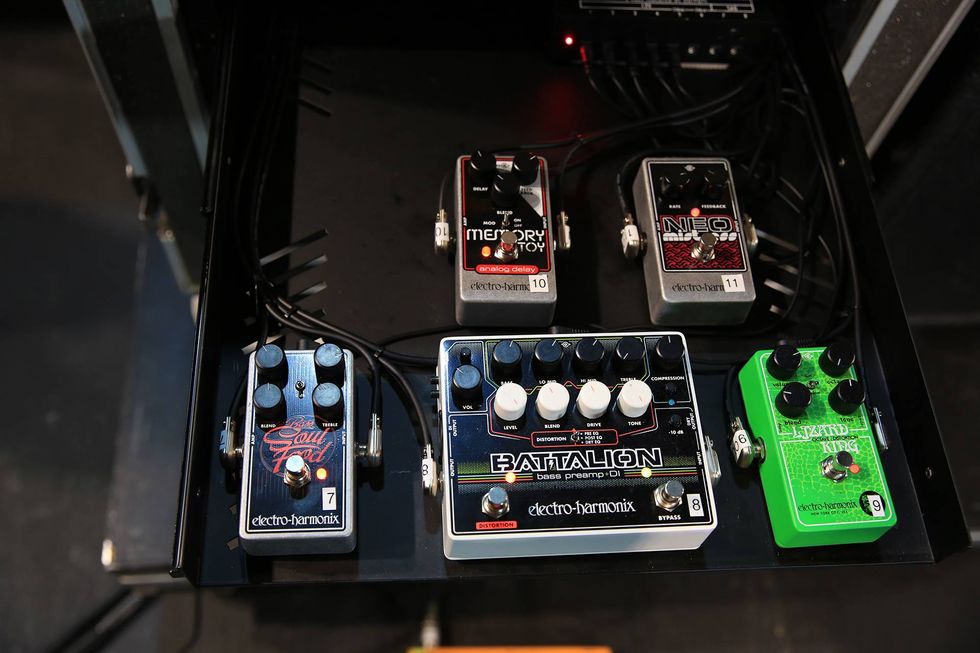
 Shop Scott's Rig
Shop Scott's Rig